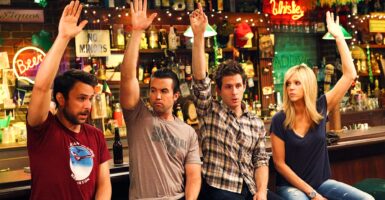Best And Worst Things About Star Wars
The Star Wars franchise revolutionized cinema, almost singlehandedly creating the idea of the “Summer Blockbuster,” and supercharged the imaginations of millions of children across the globe. On the flip side, it also gave us Jar Jar Binks and is the reason all your friends keep talking about “the hero’s journey,” no matter how many times you beg them to stop.
In other words, there are good things about Star Wars, and there are bad things about Star Wars. Here are the best and worst things about a galaxy far, far away.
Worst: The Fans
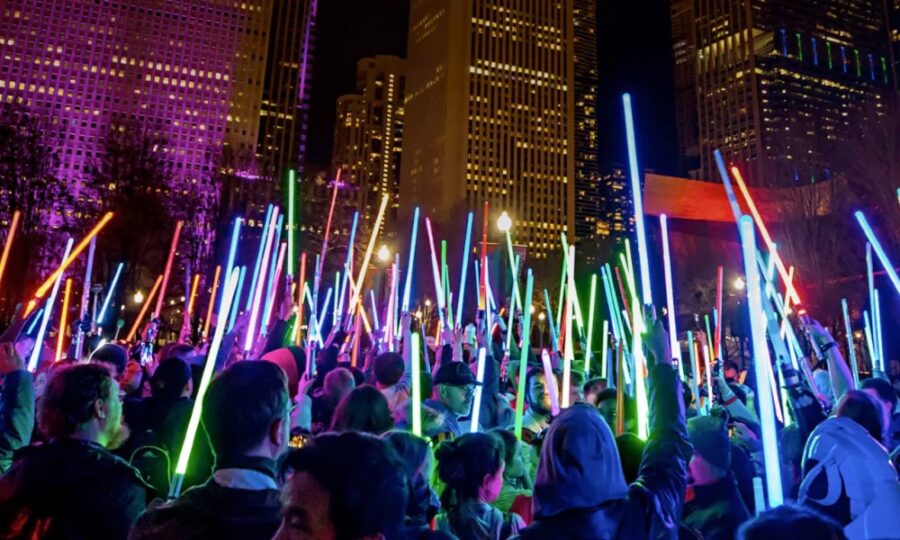
Let’s get this one out of the way: Star Wars fans are the worst. In the geek world, the Star Wars fandom is considered one of the most toxic fandoms out there. That’s not to say that every Star Wars fan is horrible, but you know what they say about a few bad apples…
Star Wars fans have a history of bullying on and offline that has led to actors leaving social media completely and worse. Actor Jake Lloyd who played a young Anakin Skywalker in The Phantom Menace, was bullied mercilessly for what was perceived as a terrible performance.
As a result, Lloyd retired from acting just three years after The Phantom Menace was released in 2001. Since then, the actor has struggled with his mental health and even ended up in jail.
Lloyd didn’t even get the worst of the Phantom Menace backlash. That was reserved for Jar Jar Binks actor Ahmed Best. Best received so much hatred from fans that, at one point, he contemplated suicide. Years later, Star Wars fans harassed actress Kelly Marie Tran over her performance as Rose Tico in The Last Jedi to the point where she abandoned all forms of social media.
In addition to bullying specific actors, a toxic, vocal minority of Star Wars fans have decided that Star Wars has become too “woke.” Some of the more prominent gripes in recent years have been that Rey is a Mary Sue, Stormtroopers can’t be black, and that Star Wars has gotten “too political.”
Worst: The Need to Explain Everything With Supplemental Material
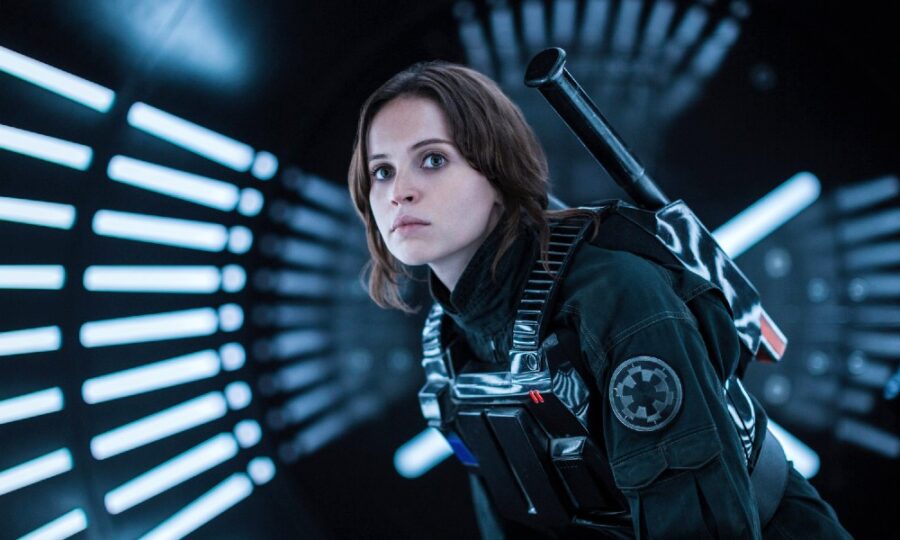
We didn’t need a movie that explains how the Rebels stole the plans for the first Death Star. Rogue One is a great movie that’s undebatable, but it’s completely unnecessary. Nobody’s viewing of A New Hope was spoiled because they were too preoccupied with how Princess Leia got the data tape she inserted into R2-D2 to enjoy the movie.
Just like we can guarantee no fan ever heard the name Han Solo and wondered, “I wonder where his last name came from?” Solo is better than most people give it credit for, but the “Who are your people?” scene where the Imperial Officer writes down “Solo” because Han is traveling alone has to be one of the cringiest scenes in all of Star Wars.
It’s getting so bad that any contradictory line of dialogue from the original trilogy that doesn’t jive 100% with the rest of the canon is an excuse for a six-episode Disney+ show explaining how the line really does make sense when you look at it from a certain point of view.
Yes, Darth Vader said, “When I left you,” to Obi-Wan Kenobi in A New Hope. Yes, Obi-Wan is the one that leaves Anakin in Revenge of the Sith. No, they didn’t need to meet again on the Obi-Wan Kenobi series just to fix the discrepancy.
Worst: Disney
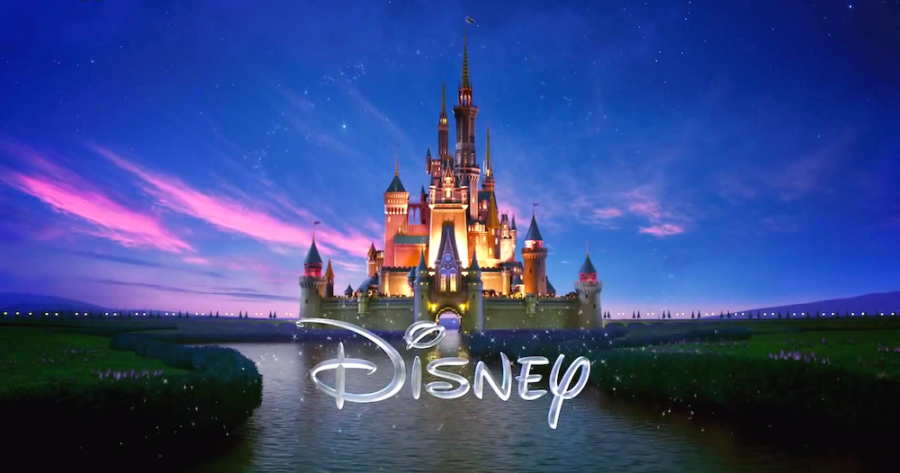
This is a controversial one to bring up; we have nothing but respect for Disney bringing more diversity—behind and in front of the camera—to Star Wars. In addition, there have been a few projects to come out of the Disney era that are as good if not better, than some of the pre-Disney content.
Andor, for example, is one of the best Star Wars things ever made, period. Lesser known but just as great as Andor is the character of Doctor Aphra—a dark, morally bankrupt version of Indiana Jones. The lovable but duplicitous Chelli Aphra currently exists solely in the world of Star Wars comic books, but with any luck, she’ll make her live-action debut sooner rather than later.
Everything else Disney has put out since purchasing Star Wars from George Lucas has been largely disjointed and, frankly, a mess. Take the sequel trilogy, for example.
Rather than feeling like a cohesive three-movie unit, each movie feels like an attempt to undo the events of the last film until we’re left with a messy, divisive series of movies that many fans have a hard time accepting.
Many of the decisions Disney has made regarding Star Wars have been reactionary. Projects are announced and then canceled as soon as a similar project underperforms. Solo doesn’t do great, so Obi-Wan and Bob Fett movies get scrapped and reworked into television shows.
Rise of Skywalker is a disappointment, so suddenly, there are no plans for any further movies. Then there are. Then there aren’t.
Look, we aren’t a multi-billion dollar corporation with some of the most celebrated IPs ever created, but if we were going to purchase something as beloved as Star Wars for 4 billion dollars, we’d want to make sure we had a concrete plan of action for our new franchise before releasing anything.
Best: Lightsabers
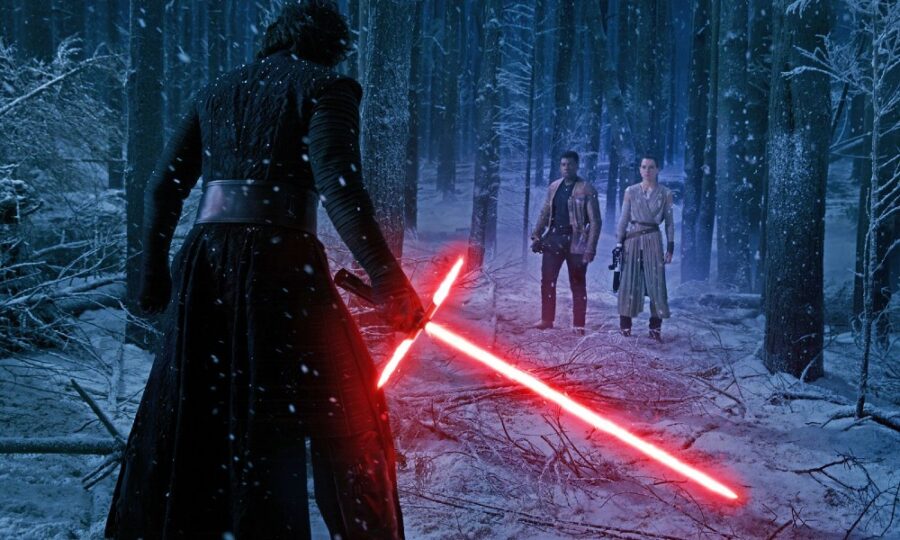
There is no weapon cooler in all of fiction than the Lightsaber. No other fictional sword, from Excalibur to Marvel’s Ebony Blade has inspired countless children to swing around random objects and start making a “whooosh!” noise.
George Lucas took two simple concepts—lasers and swords—and mixed them together like sci-fi chocolate and peanut butter. Lightsabers may be impractical from a scientific standpoint, but when it comes to their ability to spark a child’s imagination, nothing else comes close.
When Luke Skywalker first ignited his father’s old lightsaber, when audiences heard that distinct snap-hiss for the first time and saw a pale blue blade spring out of what looked like a silver flashlight, the world as we know it changed.
Best: The Used Universe Look
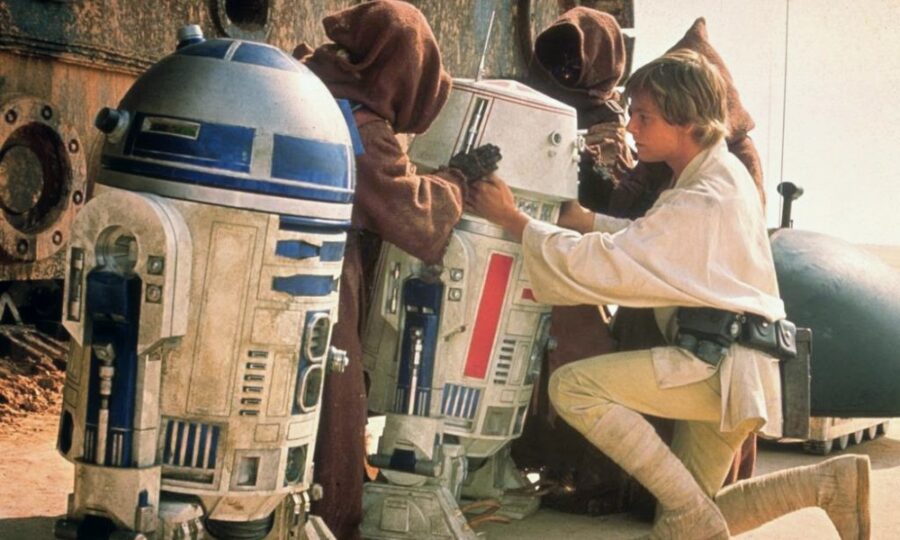
The reason that fans were able to identify with the world of Star Wars in a way that they didn’t with, say, the sterile, pristine looking 2001: A Space Odyssey was thanks to George Lucas’s concept of a “used universe.”
Lucas insisted that everything from C-3PO to Luke’s land speeder be scuffed up and covered in nicks and dents. Lucas didn’t want audience members to equate the Millenium Falcon with the super-clean Starship Enterprise but rather the beat-up old car they drove to the theater.
Space fantasies prior to Star Wars tended to be clean and bright, unlike the real world, which is often dusty and covered in grime. By giving us a universe that looked just as lived in and worn as our own, George made it easy to accept this world where a tyrannical Empire had left many planets to suffer in squalor as a real place and not just some set on a Hollywood soundstage.
Best: Hope
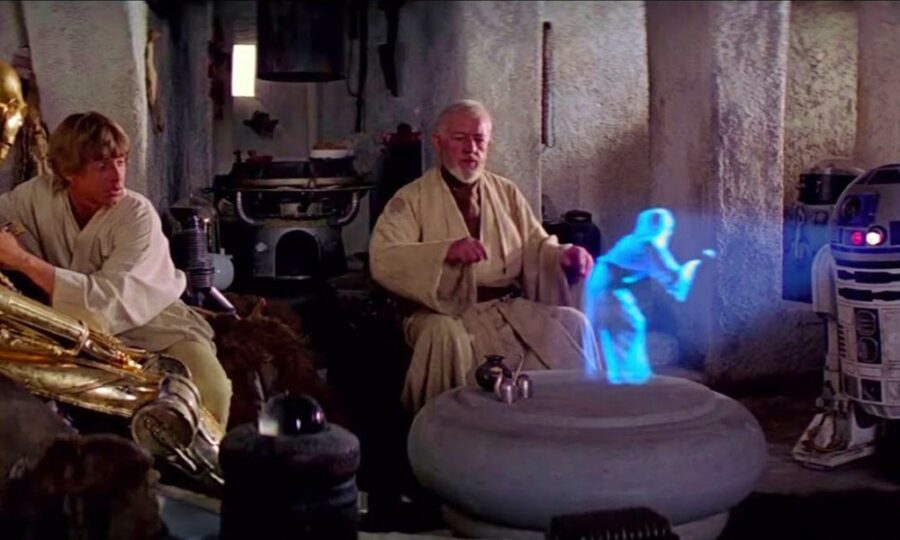
Star Wars doesn’t present us with an optimistic world like the one in Star Trek but rather a wartorn dystopia full of violence and suffering, and yet, there’s always hope. Despite how it looks on the surface, Star Wars is a franchise built on hope.
Hope that a small group of Rebels can win against a giant evil Empire. Hope that a son can bring his corrupted father back to the light. Hope that an orphan girl abandoned by her parents can find her place in the universe.
There is cynicism in Star Wars, of course, and many books and comics tell the story from the bad guy’s perspective, but at its core, at its purest beating heart, Star Wars is about not giving up in the face of insurmountable odds.
It’s about standing up to a bully you probably don’t have a chance of defeating. Star Wars is about rebellion, and to quote Jyn Erso, “Rebellions are built on hope.”
Hope and lightsabers.











